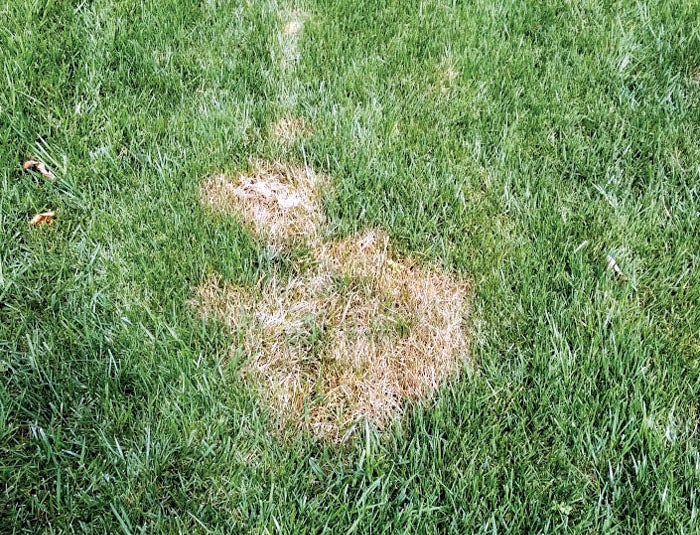Blackwelder column: Brown patch
Published 12:00 am Sunday, June 21, 2020

- Brown patch
The unseasonably cool weather and abundant rains in April and May provided perfect growing conditions for fescue. Unfortunately, once warmer temperatures arrive, so do foliar disease problems. Large brown circles are beginning to taint cool season fescue lawns. Brown patch is here.
Brown patch is a common turf disease caused by a soil borne fungus Rhizoctonia solani. Recent weather patterns of rain and heavy cloud cover along with rising temperatures provides the perfect environment for this foliar disease. Early symptoms are small circular brown patches of turf a foot in diameter. Small patches often melt together and may engulf an entire area of a lawn.
Turf fertilized with high rates of nitrogen during late spring or early summer makes lush fescue very susceptible to the disease. Tall fescue grown in shaded lawns with restricted air movement is more susceptible to the foliar disease because of higher humidity and more succulent foliar growth.
Tall fescue should not be fertilized after the first of May, unless you are using ultra low rates with iron for a color effect. The recommended amount of nitrogen on tall fescue per year is 3-4 pounds per 1,000 square-feet.
Seeding rates of more than 6 pounds of seeds per 1,000 square-foot, often produces small, crowded seedlings with poor root systems that are also susceptible to brown patch.
Over-seed with different fescue cultivars helps reduce the rapid spread of the disease. Monocultures of fescue cultivars can be completely engulfed by the fungus.
Brown patch infested lawns may need soil tested to determine if low pH is a contributing factor. A pH below 6.0 aggravates the spread of brown patch. Now is the time to have soils tested if fall renovation is in your plans. Soils must have a proper soil pH of 6.0-6.5 to achieve maximum health and growth to ward off the fungus. Turf and ornamental fungicides are necessary to control the fungus. There are some user friendly granular fungicides available that may help.
According to plant pathologists at N.C. State University, the most important step of controlling brown patch is infrequent irrigation and regular mowing when the grass is dry. Unusually cool, wet weather over the past few weeks has made this almost impossibility, hence the rapid outbreak of the disease. Avoid irrigation in the late evening or at night. Early morning irrigation helps prevent the spread of brown patch. Lawns with a history of brown patch disease will often see annual reoccurrences. The disease can also be controlled with fungicidal treatments. Its important to apply these treatments before the foliar disease occurs. Go to https://www.turffiles.ncsu.edu/diseases-in-turf/brown-patch-in-turf/ for more detailed information on brown patch control.
Darrell Blackwelder is the retired horticulture agent and director with the North Carolina Cooperative Extension Service in Rowan County. Contact him at deblackw@ncsu.edu .



